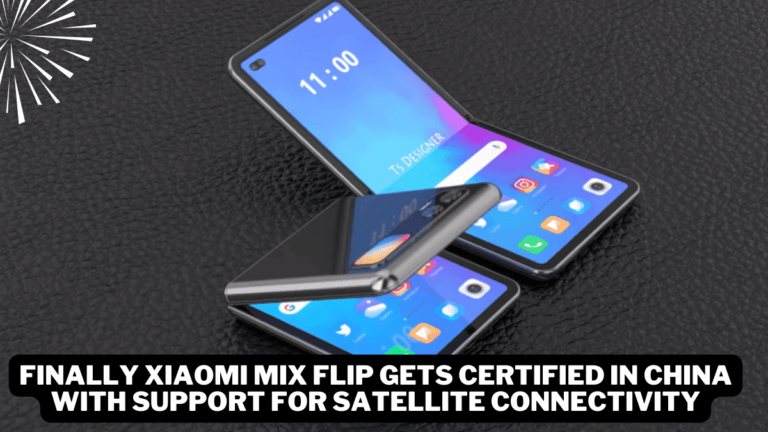In the vast expanse of space, Japan sets its sights on the Moon once again with the Slim (Smart Lander for Investigating Moon with the help of Japan Moon Sniper) mission. In the cosmic ballet of lunar exploration, this mission seeks to achieve a soft touch-down on a gentle slope near the equatorial crater called Shioli. Let’s delve into the details of this lunar odyssey and the innovative technologies behind the mission’s intriguing nickname, “Moon Sniper.”
Table of Contents
Aiming for the Stars: The Challenge of Lunar Landings
Landing on the Moon has proven to be a formidable challenge, with only about half of all attempts succeeding. As witnessed this month, a private American company faced failure in reaching the lunar surface, emphasizing the intricacies of this cosmic endeavor. However, Japan’s space agency, JAXA, remains undeterred and is geared up for its lunar rendezvous with Slim.
Precision Navigation: The Moon Sniper Arsenal
Jaxa embraces cutting-edge precision navigation technologies embedded within Slim to increase the likelihood of a successful soft landing. These advancements are at the heart of the mission’s confidence-boosting moniker, “Moon Sniper.” The lander’s onboard computer will employ rapid image processing and crater mapping to hone in on the targeted touch-down point, aiming to achieve a remarkable proximity of just 100m (330ft).
The Descent: Moonlit Maneuvers
As the clock ticks towards midnight on a Saturday in Japan Standard Time, Slim will commence its descent from an altitude of 15km (9 miles). The mission unfolds with calculated precision, and if all goes according to plan, Slim will nestle gently into the lunar “soil” merely 20 minutes later. The anticipation is palpable as Japan endeavors to join the elite ranks of countries that have successfully landed on the Moon intact.
A Lunar Symphony: Slim’s Scientific Symphony
While Slim’s sojourn on the lunar surface may be brief, its objectives are ambitious. Bathed in the lunar sunlight near Shioli, the spacecraft aims to utilize a scientific camera to study the rocks surrounding the crater. Additionally, two small rovers, one a hopping robot weighing approximately 2kg (4.4lb), and the other a shape-shifting ball designed by the creators of Transformers toys, will traverse the local terrain in a quest for scientific discovery.
Lunar Challenges and Triumphs: Drawing from Asteroidal Experience
Jaxa’s past successes, including two landings on asteroids, provide valuable experience for Slim’s lunar mission. However, the challenges posed by the Moon’s larger gravity make this endeavor a significantly more demanding feat. Drawing from lessons learned, Japan’s space agency remains optimistic about securing its place as the fifth government space agency to successfully land on the lunar surface.
Lunar Legacy: From Past Setbacks to Future Success
Reflecting on past lunar attempts, Japan’s determination remains unshaken. Last year, a private Japanese company faced challenges, and a private American company, Astrobotic, recently disposed of its Peregrine landing craft due to propulsion faults. Despite setbacks, these endeavors contribute to the collective knowledge driving future successes in lunar exploration.
Conclusion: A Lunar Tapestry Woven with Precision and Perseverance
In the grand tapestry of space exploration, Japan’s Slim mission unfolds as a testament to human ingenuity and determination. As the world awaits the outcome of this lunar ballet, the Moon Sniper strives to etch Japan’s name among the select few who have conquered the challenges of Earth’s natural satellite. In the pursuit of scientific knowledge and exploration, Japan’s venture into the lunar unknown stands as a beacon of precision, perseverance, and the limitless possibilities that await humanity beyond our celestial borders.
What is the Slim Moon Sniper mission by Japan’s space agency (Jaxa)?
The Slim mission, short for Smart Lander for Investigating Moon, is Japan’s latest attempt to achieve a soft touch-down on the Moon’s surface.



















+ There are no comments
Add yours